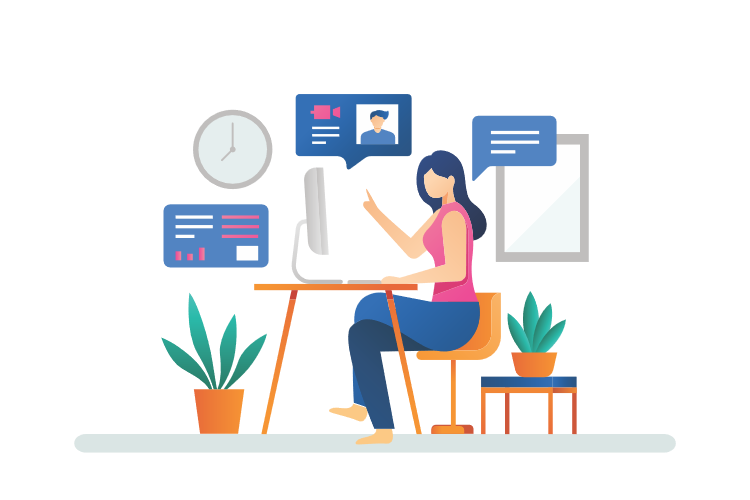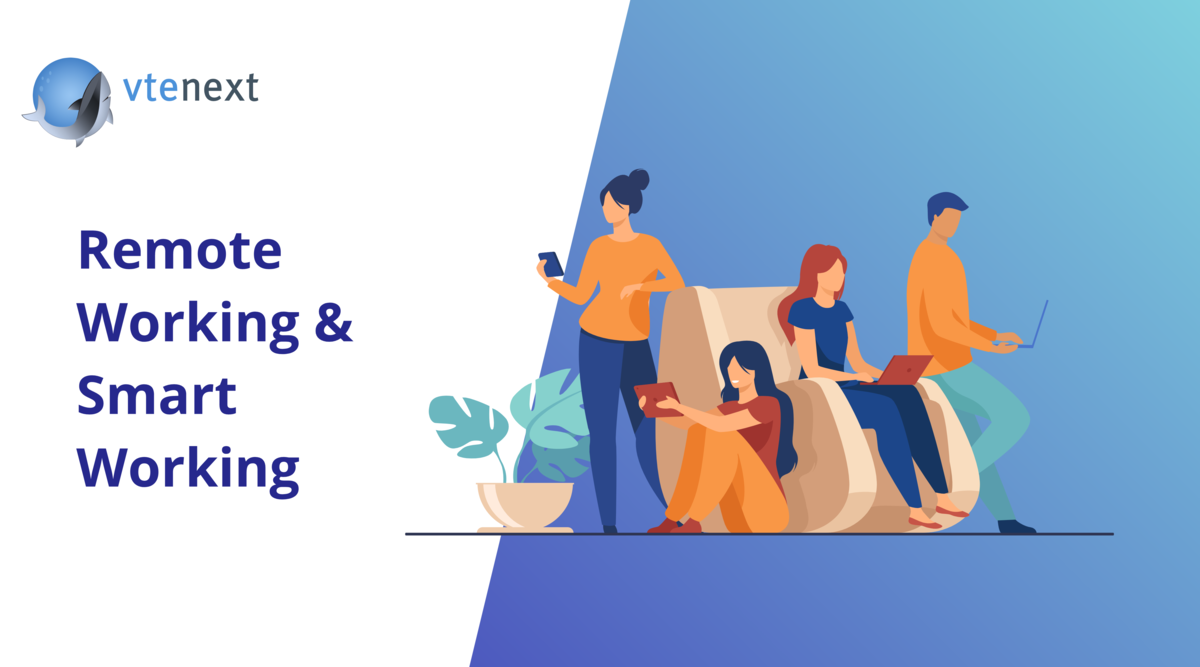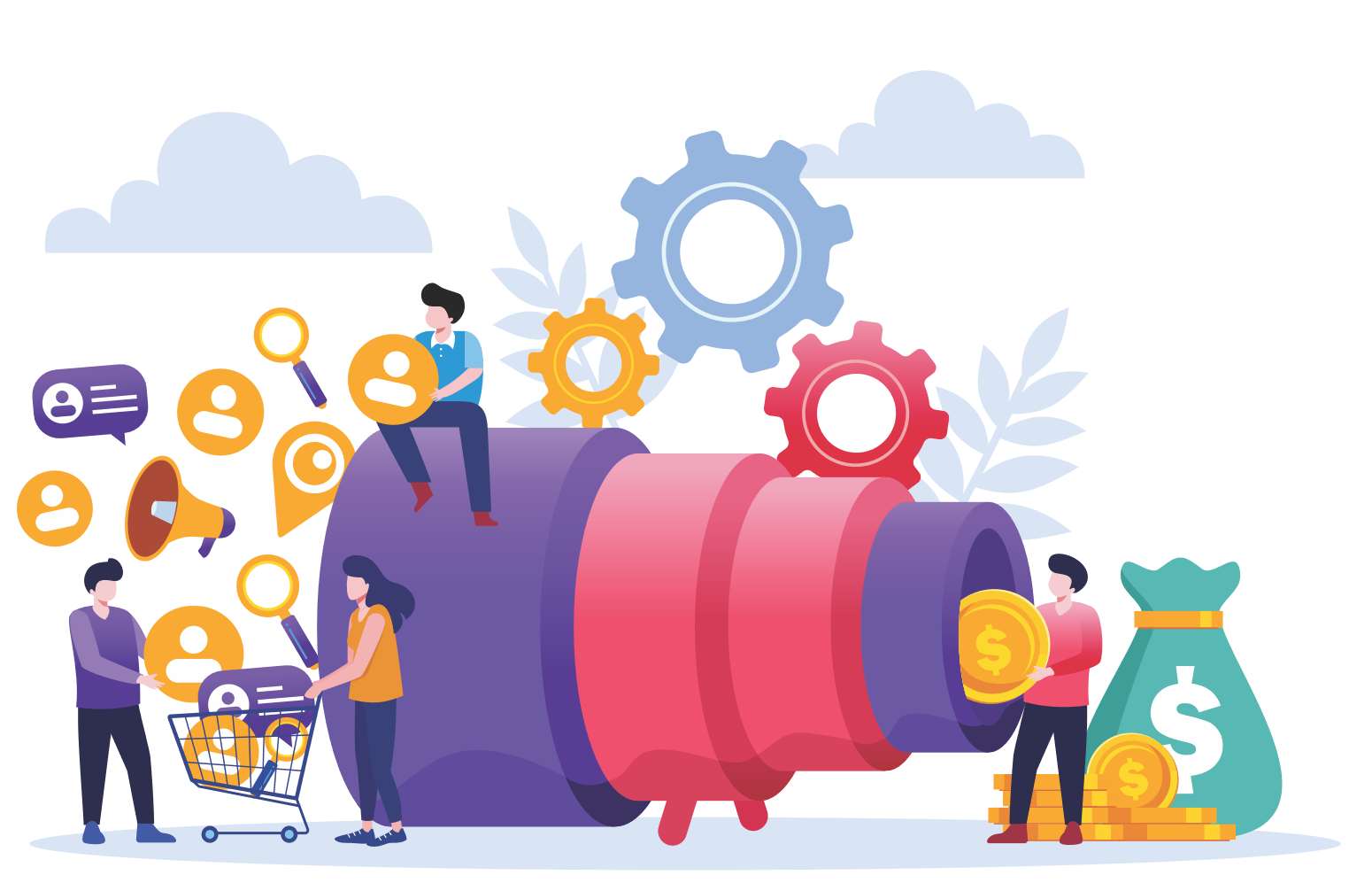Remote Working & Smart Working lessons learned
The quarantine period and remote working we have just experienced has brought about major transformations in our lives. One of the most important was undoubtedly the one related to the way we work. In a short time, we went from being a moderately traditionalist country as far as work is concerned, to a country running for digital transformation and evolution.
The pandemic period is moreover defined by many parties as a real “stress test” for the Italian system, above all because most of the companies were absolutely not prepared to manage a collective smart working experiment of these proportions.
We therefore thought, after more than two months, to draw conclusions and try to understand what are the “lessons learned” that can be capitalized and that can lead us to the next phase that awaits us. Because for smart working it doesn’t end there.
Cultural change
A survey carried out throughout the country by a group of researchers from the University Center “Studies and research on the family” of the Catholic University of the Sacred Heart of Milan helps us.
The results demonstrate how the pandemic pushed towards a strong cultural change: companies will be increasingly obliged to think in terms of reconciliation between work and family, where employees are less seen “workers” and more as “people”. 
Therefore, thinking about smart working even after the emergency remains an important point for all companies that want to continue competing and recruiting qualified people.
From the companies point of view, the expectations during the phase 2 are also related to the improvement of flexibility and productivity. Other aspects to consider are the reductions in costs related to physical locations and the consequent possibility of making investments for the digitalization of processes.
Working from home = remote working e smart working
It should be noted that two forms of work are included in the broad meaning of “working from home”: remote working which corresponds to teleworking and smart working which corresponds to agile work. The first refers to the performance of the work activity outside the company spaces but in full compliance with timetables and with little mobility (it is necessary to legally elect a “workplace”). Agile work, on the other hand, allows to carry out the work from the place that the employee wants and with flexible hours, which allow the reconciliation of work and family of which we spoke earlier.
Turn the pc on is not enough
Smart working is not that easy: turning on the computer and starting work is not enough to increase productivity and ensure efficiency. Why?
- requires a managerial approach
- involves enabling technologies: not only the internet connection but application software that allow the sharing of information. We talk about platforms like CRM but also about chat. Let’s not forget that one of the characterizing factors of smart working is precisely “asynchronous” communication
- requires re-engineering of processes: different organizational models, qualified enabling technologies imply a change in business processes that must take into account the different ways of working. In fact, there is no physical sharing of spaces and the possibility of exchanging information simply by getting up and going to the colleague’s desk, as mentioned above.
vtenext to support digital transformation
So how to deal with this change?
Digital technologies enable new ways of working and are a fundamental driver for smart working. Digital, in fact, allows you to expand and make virtual the workspace, in which communication and collaboration are independent of the physical place where colleagues are located.
Among the various digital technologies, CRM is undoubtedly an essential platform both for customer management but also for keeping the company cohesive.
Vtenext offers several more features than a simple CRM: it incorporates a BPMN engine that allows you to speed up and simplify the management of business processes.
Vtenext supports smart working as it allows you to:
- map and automate company internal processes easily and quickly
- track all information making it accessible to users in an immediate and fast way
- operate in a single work environment on which all users access and interact with each other
- easily access the application: it is a web application so you just need a connection
Vtenext allows you to “remotely” manage and improve various processes related to both prospects and leads, and to acquired customers.
Sales management in remote working: prospect and leads
Implementing business processes to support commercial activity is primary in smart working situations as it is possible to check all the details of potential customers and assign them to the reference salespeople automatically.
Salespeople will then be able to manage leads faster by sharing all information with colleagues and reducing the possibility of errors or oversights.
Even the sampling process can be facilitated by automatic management: the specifications can be exchanged quickly and the managers of each division can be updated on the progress of requests, avoiding rebounds from one office to another.
The processes connected to the creation of estimates and commercial approvals, once automated, allow you to promptly manage requests from sellers, branches or partners. Once the request with the necessary specifications has been uploaded in vtenext, a notification will be sent to the manager who can evaluate it and approve it or not with a click.
After-sales processes in remote working: customer experience and customer support
In a competitive and complex context like the current one, it is necessary not only to fully satisfy the customers’ expectations but also to offer them a great experience.
Managing the relationship with existing and potential customers remotely can become a source of problems for companies.
Thanks to vtenext it is possible to have a thorough knowledge of the processes that govern customer relations in order to make them fully functional and suitable to fully satisfy their needs.
How to guarantee excellent customer assistance and customer experience remotely thanks to vtenext?
- Shortening the distances between the company and the customer and sharing all the information: through the customer portal it is possible to share documents and FAQs with your customers, allowing them to open requests for assistance (tickets) and to solve some problems in total autonomy. The customer can also monitor the progress of his requests and view any type of document (manuals, invoices etc)
- Monitoring problems in real time thanks to the alert system
- By providing clear and precise answers in the shortest possible time: by transforming external requests into tickets, it is possible to assign them to the person in charge who, by accessing the shared platform, will be able to view and manage them comfortably even remotely
- By creating unique processes in line with the Customer Experience strategy: vtenext allows you to put online, track and automate every activity. SOnly in this way, smart workers will be able to work continuously remotely: the process will entrust them with the predefined tasks and guide them in the various daily activities
- Knowing precisely product and customer: the operator will have access to always updated information even if it is not in close contact with colleagues. In the same way it will be possible to make available information or updates regarding each product. All the activities and documents can also be easily shared with the work team through fluid and immediate conversations and communication flows

